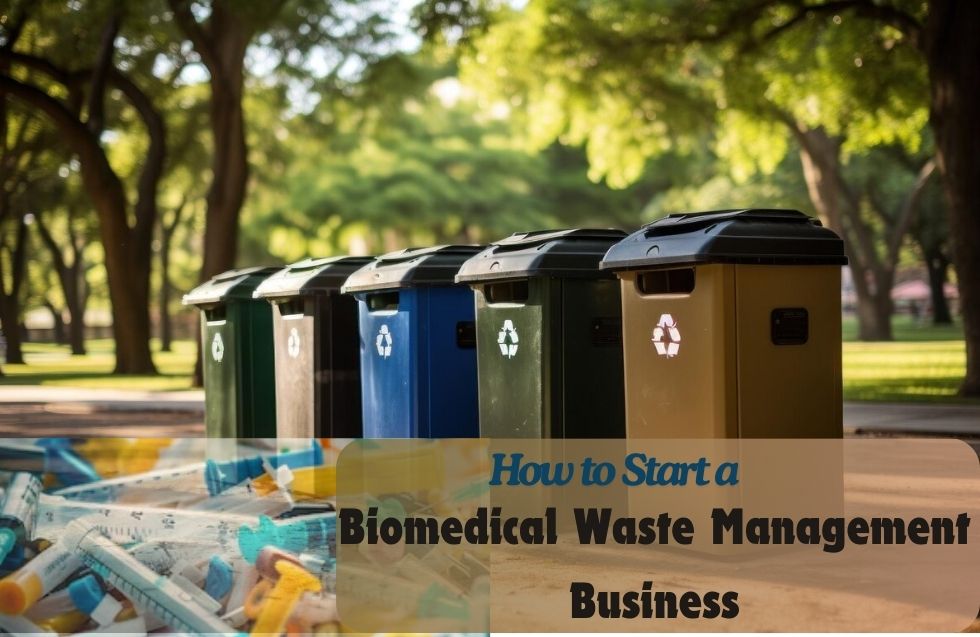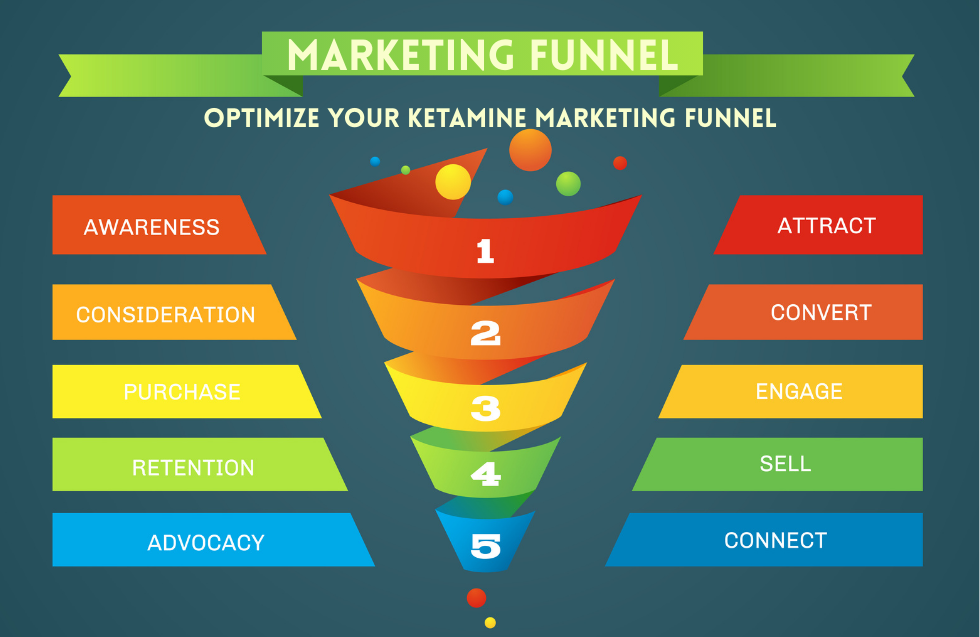As healthcare services expand globally, the need for effective biomedical waste management has never been more urgent. Biomedical waste includes materials that can be infectious, toxic, or otherwise harmful, and require specialized handling. Starting a biomedical waste management business can be highly profitable while contributing to public health and environmental safety. In this blog, we will cover everything you need to know to start this business.
1. Investment Budget by Country
Starting a biomedical waste management business varies significantly depending on the country due to differing regulations, labor costs, and market demand.
- United States:
- Initial Investment: $500,000 to $1 million
- Licenses and Legal Fees: $20,000–$50,000
- Operating Costs: High, due to labor and waste disposal standards
- Revenue Potential: $1.5 million to $5 million annually
- Main Expense: Specialized equipment, compliance with EPA and OSHA regulations
- India:
- Initial Investment: $100,000 to $300,000
- Licenses and Legal Fees: $10,000–$20,000
- Operating Costs: Moderate, with cheaper labor but stricter government monitoring
- Revenue Potential: $500,000 to $2 million annually
- Main Expense: Disposal plants and transportation costs
- Europe:
- Initial Investment: $700,000 to $1.5 million
- Licenses and Legal Fees: $30,000–$100,000 depending on the country
- Operating Costs: High, due to stringent EU laws and waste disposal practices
- Revenue Potential: $2 million to $6 million annually
- Main Expense: Meeting strict EU waste management guidelines
2. Licenses and Legal Procedures
Setting up a biomedical waste management business involves navigating various legal frameworks. Every country requires stringent compliance with health and safety regulations:
- United States: You need approvals from the Environmental Protection Agency (EPA), Occupational Safety and Health Administration (OSHA), and state-level health departments. Specific licenses may also be required depending on waste disposal methods (e.g., incineration, autoclaving).
- India: Biomedical waste management is governed by the Biomedical Waste Management Rules, 2016. You will need permission from the Central Pollution Control Board (CPCB) and state pollution control boards, along with environmental clearance from the Ministry of Environment and Forests.
- Europe: The EU Waste Framework Directive mandates that businesses follow stringent rules on waste classification and disposal. Depending on the country, you may need clearance from local environmental agencies, and you must comply with strict EU regulations.
3. How to Source Vendors and Markets
The success of a biomedical waste management business depends on efficient sourcing of waste and partnerships with the right vendors.
- Sourcing Vendors:
- You can partner with hospitals, laboratories, clinics, and medical institutions as primary waste generators.
- Waste disposal equipment vendors specializing in incineration, autoclaving, and chemical disinfection equipment are crucial for operations.
- Choose reliable suppliers for personal protective equipment (PPE) and hazardous waste containers.
- Identifying Markets:
- Hospitals and healthcare providers are your main clients, but other markets include veterinary clinics, research laboratories, and pharmaceutical companies.
- Government agencies, especially in emerging markets, often outsource waste management to private companies.
- Large-scale medical facilities and private health chains offer long-term contracts for waste disposal services.
4. Choosing the Right Location
The location of your biomedical waste management facility plays a key role in minimizing operational costs and ensuring compliance with environmental regulations.
- Proximity to Medical Facilities: Ideally, your facility should be close to major hospitals, clinics, and healthcare providers to reduce transportation costs and response times.
- Zoning Regulations: Ensure the location meets zoning requirements for industrial or hazardous waste processing. Avoid densely populated areas to minimize risks related to contamination or protests from local communities.
- Access to Transportation: A location with easy access to highways and transport hubs will streamline your logistics, ensuring timely waste collection and disposal.
- Environmental Compliance: The location should meet environmental standards for waste processing and storage. Nearby water bodies, protected areas, or residential zones may have strict restrictions.
5. Scope of the Biomedical Waste Management Business
The global biomedical waste management market is expected to grow significantly in the coming years. Several factors drive this expansion:
- Global Growth Stats:
- The global biomedical waste management market was valued at $10 billion in 2022 and is projected to reach $18 billion by 2030, growing at a CAGR of 6.5%.
- Growing healthcare sectors, particularly in developing countries, and the increased need for waste management solutions post-pandemic are accelerating demand.
- Rising Health Awareness: Growing awareness of the hazards posed by improper biomedical waste disposal is pushing hospitals and governments to implement stricter waste management protocols.
- Technological Advancements: New technologies like smart waste tracking systems, IoT-based monitoring, and more efficient incineration methods are making biomedical waste management safer and more efficient.
6. Current Market Conditions
The market is currently in a growth phase, particularly in emerging economies where healthcare infrastructure is rapidly expanding. Developed markets are seeing a consolidation phase, with major players acquiring smaller firms to dominate the industry.
- Competitive Landscape: In developed countries like the US and Europe, the market is highly competitive, with large-scale companies offering integrated waste solutions. Small businesses can succeed by focusing on niche markets, such as specialty clinics or local hospitals.
- Emerging Markets: In countries like India, Indonesia, and Brazil, the market is underdeveloped but growing quickly due to increasing healthcare services and government pressure on proper waste disposal. Entry into these markets can offer long-term growth opportunities.
- Regulatory Pressures: Governments around the world are introducing stricter regulations for waste management. Businesses that can offer cost-effective and compliant solutions are well-positioned to capture significant market share.
Equipment and Process for Starting a Biomedical Waste Management Business
1. Essential Equipment Needed for Biomedical Waste Management
The type of equipment you need will depend on the volume of waste, the methods of treatment, and disposal technology. Below are the core pieces of equipment needed to get started:
a. Waste Segregation and Storage Equipment
- Color-coded Waste Bins: These are crucial for segregating waste at the point of origin. Different colors are assigned to different types of waste, such as infectious waste, sharps, and general waste.
- Yellow: For infectious waste
- Red: For the contaminated plastic waste
- Blue: For glassware and metallic body implants
- White: For sharps and needles
- Waste Collection Trolleys: Used to safely transport waste from its point of origin (e.g., hospital wards) to the storage area within the facility or for further processing.
b. Treatment and Disposal Equipment
- Autoclaves: Autoclaving is a sterilization process that uses pressurized steam to kill pathogens. It’s one of the most common methods for treating biomedical waste like surgical instruments, lab cultures, and sharps.
- Type: High-pressure autoclaves for large volumes of waste, or small-scale ones for hospitals or clinics.
- Incinerators: Used to burn waste at very high temperatures (up to 1200°C) to reduce it to ash. Incinerators are critical for handling infectious waste, hazardous chemicals, or anatomical parts.
- Type: Controlled air incinerators or rotary kilns for waste that requires complete combustion.
- Chemical Disinfectors: Certain types of waste, like liquid waste or specific chemical materials, need to be treated with chemical disinfectants before disposal.
- Microwave Treatment Systems: These machines treat biomedical waste using microwave energy, which generates heat to decontaminate the waste. This method is suitable for non-sharp, infectious waste and requires less energy than incineration.
- Shredder Machines: These machines are used to cut biomedical waste into small, unrecognizable pieces. They are often used post-disinfection or post-incineration to reduce waste volume and prevent the reuse of syringes, needles, or other medical tools.
c. Waste Disposal and Recycling Equipment
- Needle Destroyers: These devices safely destroy needles and sharps by melting or cutting them to prevent reuse or harm during disposal.
- Sharps Containers: These are puncture-proof containers that are used to safely store and dispose of sharps like needles and scalpels.
- Waste Compressors and Bailing Machines: After treatment, biomedical waste (especially non-infectious waste like plastics or glass) can be compacted into smaller, manageable bales for recycling or disposal.
- Effluent Treatment Plants (ETP): These plants are used for treating the liquid biomedical waste, including blood, body fluids, and chemicals, before releasing them into sewage systems.
d. Personal Protective Equipment (PPE)
- Gloves, Masks, Gowns, and Goggles: Necessary to protect workers from direct exposure to hazardous materials during collection, transport, and treatment.
e. Safety and Monitoring Equipment:
- Personal Protective Equipment (PPE):
- Workers handling biomedical waste must be equipped with gloves, masks, gowns, and eye protection to minimize their risk of exposure to hazardous materials.
- Waste Tracking Software:
- Advanced waste tracking systems use barcodes or RFID tags to track biomedical waste from its generation to its final disposal. This ensures compliance with regulations and provides transparency to customers.
- Refrigerators/Freezers:
- For pathological waste like body parts, organs, or tissues, refrigeration equipment is required to store the waste until it can be treated.
- Air Filtration and Pollution Control Systems:
- Incinerators and autoclaves produce emissions. Pollution control equipment like scrubbers, filters, and catalytic converters are necessary to ensure that emissions meet regulatory standards.
f. Transport Vehicles
- Specialized Vehicles: These vehicles must be equipped to safely transport waste without the risk of spillage or contamination. In many countries, vehicles must adhere to specific safety standards, like being fitted with biohazard signs and having leak-proof containers.
Process for Biomedical Waste Management
The process of managing biomedical waste is multi-stage and requires careful planning to ensure compliance with safety and legal requirements. Here is an overview of the step-by-step process.
Step 1: Waste Segregation at Source
- Segregation: Waste must be segregated at the point of generation (hospitals, labs, clinics) into different categories: infectious waste, sharps, pharmaceutical waste, radioactive waste, etc.
- Infectious waste goes into red bins.
- Sharps go into puncture-resistant containers.
- Chemical waste is placed in specific containers according to regulations.
- Labeling: Each waste bin is labeled according to its category to ensure it is handled correctly in the subsequent stages.
Step 2: Collection and Transportation
- Collection: Waste is collected from medical facilities using color-coded containers and moved to transportation trolleys or vehicles. Trained personnel must handle the waste to avoid contamination or injury.
- Transportation: The waste is then transported to a processing facility. The vehicles should be leak-proof, and if the waste is infectious, it must be transported under controlled conditions (e.g., refrigerated vehicles for pathological waste).
- Documentation: Detailed documentation or digital tracking is required at each stage of transportation to ensure that waste is handled legally and properly.
Step 3: Treatment and Processing
- Treatment: Once the waste reaches the treatment facility, it undergoes sterilization or destruction:
- Autoclaving: Waste is subjected to high-pressure steam to sterilize it. This is common for waste like contaminated gloves, syringes (after needle removal), and medical gowns.
- Incineration: High-temperature incinerators destroy pathogens and reduce the waste to ash. Incineration is primarily used for pathological waste, pharmaceutical waste, and sharps.
- Chemical Disinfection: For certain types of waste, particularly chemical waste, chemical disinfectants like sodium hypochlorite are used to neutralize contaminants.
- Shredding/Crushing: After sterilization, the waste may be shredded or crushed to reduce its volume before final disposal.
Step 4: Disposal
- Final Disposal: After the treatment process, the treated waste (now free from infectious agents) is disposed of according to regulatory guidelines.
- Incinerator Ash: Residue from incineration can be sent to landfills specifically designed for hazardous waste.
- Recycling: Some non-hazardous, treated waste can be recycled or repurposed.
- Landfill: Treated biomedical waste that cannot be incinerated or recycled is often sent to secured landfills designed to handle such materials.
Step 5: Documentation and Reporting
- Record Keeping: Throughout the entire process, it is important to keep detailed records to ensure compliance with legal and regulatory requirements. This includes tracking waste from the point of generation to its final disposal.
- Reporting: Regular reports are submitted to local or national environmental agencies to ensure that waste is being disposed of correctly. In many countries, there is a legal requirement to submit periodic compliance reports.
Conclusion
Starting a biomedical waste management business can be both financially rewarding and socially impactful. It requires a solid investment in specialized equipment, strict adherence to legal frameworks, and strategic partnerships with healthcare providers. The potential for growth is substantial, especially as global healthcare systems continue to expand, and awareness of waste management rises. By choosing the right location, understanding market needs, and staying compliant with regulatory requirements, you can position your business for success in this crucial industry.













